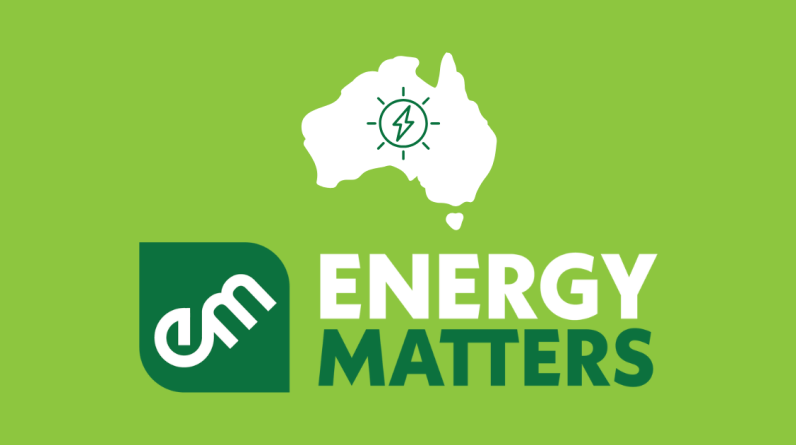WASHINGTON (TND) — Artificial intelligence (AI) use is not slowing down, but there are concerns that the technology is giving biased information.
When asked if ChatGPT, a generative AI app, was biased, the app responded in seconds and said it was not.
No, I don’t have personal opinions or biases. I generate responses based on patterns learned from diverse data. If you have concerns about biased outputs, feel free to point them out, and I’ll do my best to provide balanced information.
Dr. Lisa Palmer, a college professor and artificial intelligence business strategist who designs business models, processes, and services, said that data apps like ChaptGPT use might be so diverse.
“The data set that they have been trained on is largely coming from publicly scraped data. As a result of that, that publicly scraped data, much of it is news and news content, etc. and we do tend to have more left-leaning news content that was scraped than right-leaning, conservative content,” Palmer explained. “And so by the sheer virtue of that the responses that you get from these tools will tend to be left-leaning because the dataset, one of the key elements is left-leaning. “
Research from the United Kingdom, China, the University of Washington, and Carnegie Mellon University confirms Palmer’s assessment.
The artificial intelligence platform ChatGPT shows a significant and systemic left-wing bias, according to a new study by the University of East Anglia (UEA).
According to MIT Technology Review, you’ll get more right or left-wing answers depending on which AI model you ask.
“I do worry that people really think these are super cyborg machines that can do anything and are faultless and they’re very, very far, far from it,” said Christopher Alexander, Chief Analytics Officer of Pioneer Development Group. Alexander also worked on various projects for the US Government on the development and implementation of AI.
A new study from researchers from the University of California, Los Angeles, the University of Southern California, and Adobe Research shows AI systems are guilty of gender bias when it comes to writing recommendation letters.
When the recommendation was about a male, ChatGPT used words like “expert,” “reputable,” and “authentic.” For females, it used words like “beauty,” “icon,” and “delight.”
“It’s a perfect example of how these biases can be created, but they really come not from the AI, but from the way the AI was trained, or the type of outputs that the AI produces,” Alexander said.
According to Nielsen Norman Research, AI improves employee productivity by 66%.
“You have to make sure that you are using your own minds and you are discerning what is biased and what is unbiased just as we do when we read any kind of content online,” Palmer suggested. “There’s nothing different with the use of artificial intelligence than any other online content that people are using on a daily basis. Just be aware and make sure that you’re applying your own thought to the content that you see pulled back.”
ChatGPT’s parent company, OpenAI, said the technology is not free of stereotypes and biases.
ChatGPT is not free from biases and stereotypes, so users and educators should carefully review its content. It is important to critically assess any content that could teach or reinforce biases or stereotypes. Bias mitigation is an ongoing area of research for us, and we welcome feedback on how to improve.The model is skewed towards Western views and performs best in English. Some steps to prevent harmful content have only been tested in English.The model’s dialogue nature can reinforce a user’s biases over the course of interaction. For example, the model may agree with a user’s strong opinion on a political issue, reinforcing their belief.These biases can harm students if not considered when using the model for student feedback. For instance, it may unfairly judge students learning English as a second language.
Alexander said AI developers must be careful in their programming.
“You produce capabilities that often sit on top of ChatGPT or sit on top of some of these other capabilities. And that’s where the real problem is because you are writing these prompts to do something, say for marketing or advertising. And you don’t know that the AI necessarily has this bias within it. And now that bias is working through like an entire ecosystem of products,” Alexander explained.






